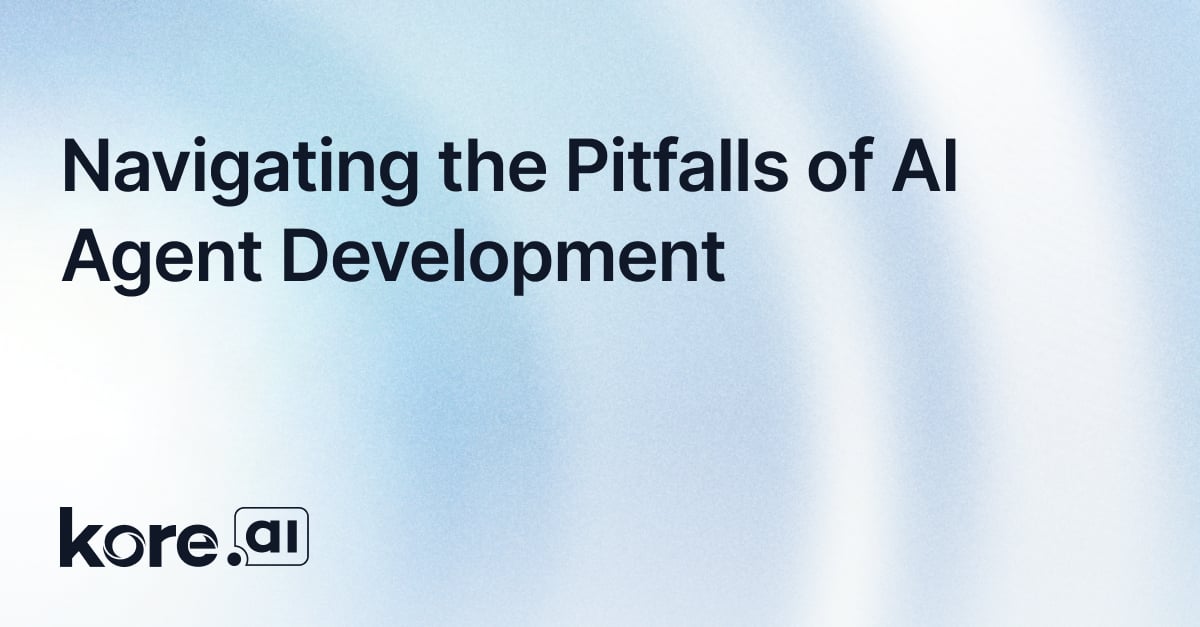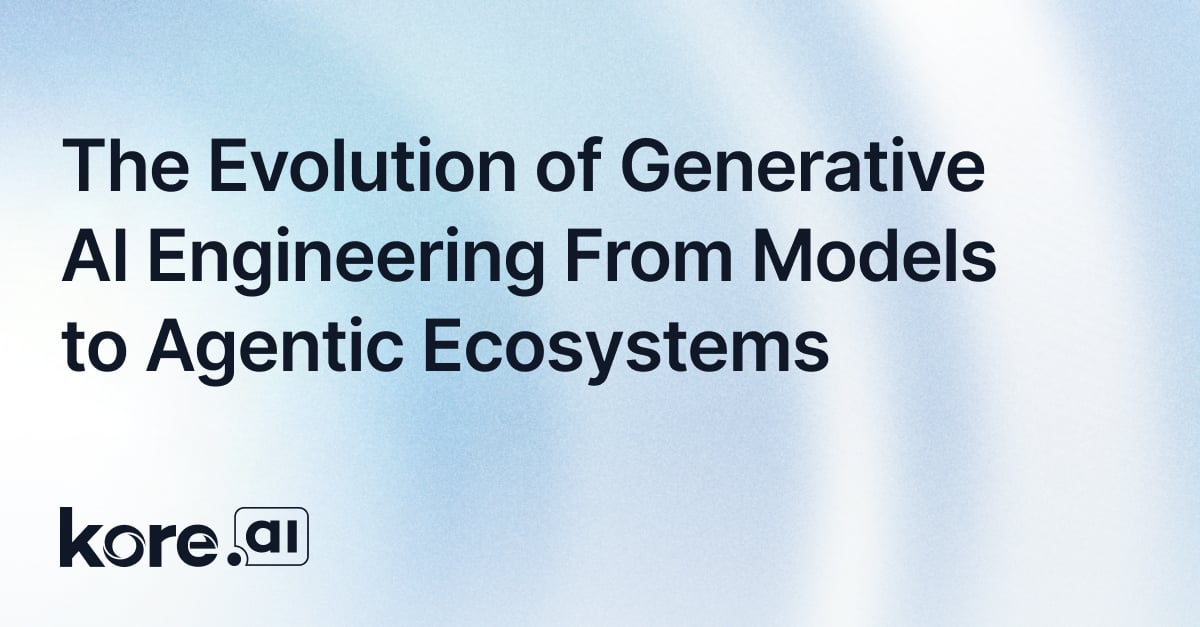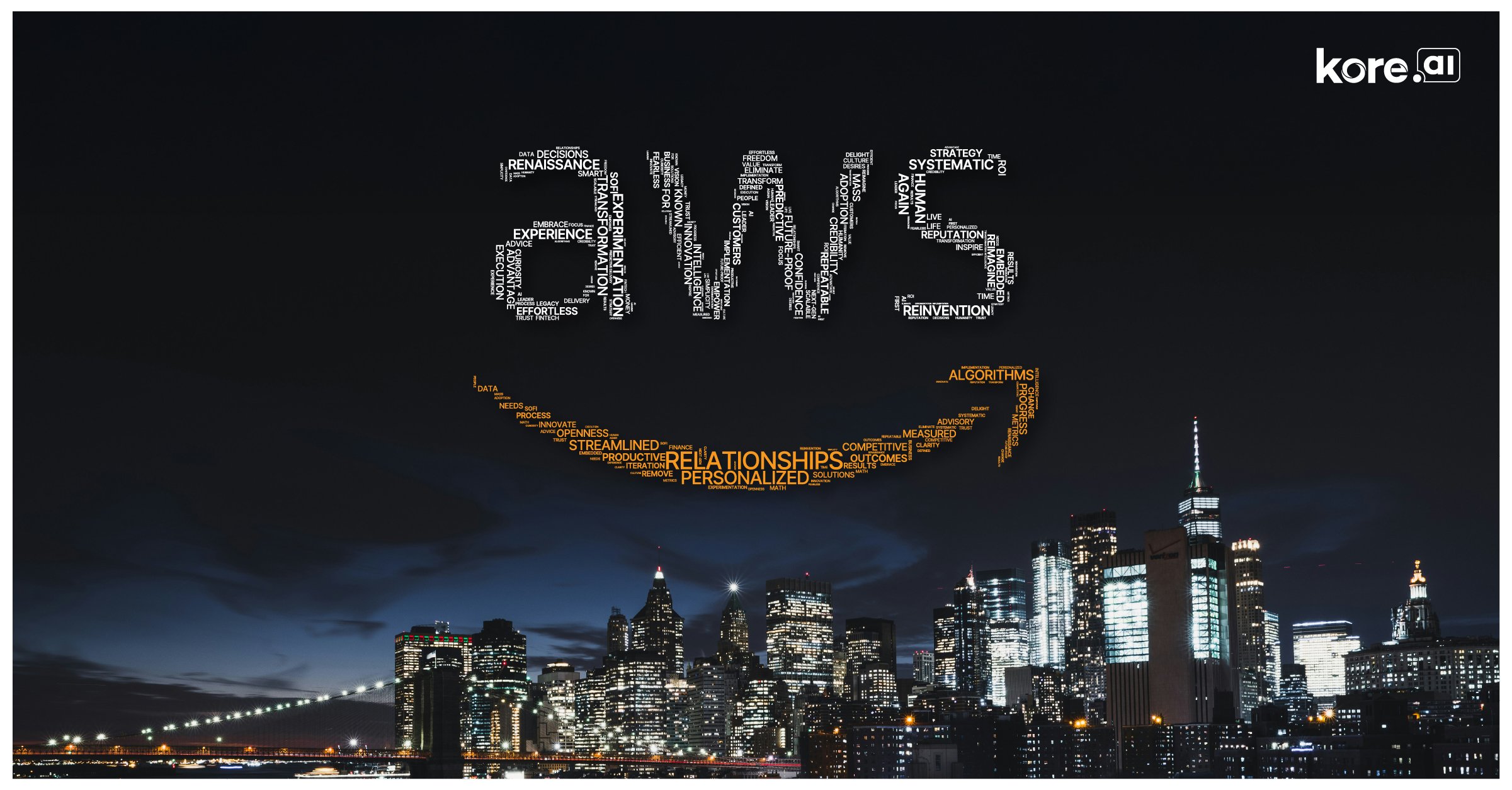In the evolving world of IT, the service desk has undergone a significant transformation, reflecting broader shifts in technology and organizational needs. Our recent webinar, "AI and the IT Service Desk: Trends, Challenges, and Future Directions," offered a deep dive into these changes, particularly how AI is reshaping the landscape. For those who couldn't attend, here's a closer look at the key insights.
The Evolution of IT Service Desks
To understand where AI is taking us, it’s important to consider where we’ve been. The journey of the IT service desk can be categorized into several generations, each marked by technological advancements and shifting business demands.
Generation 0: The Era of In-Person Support
In the pre-2000s, IT support was largely a physical, in-person experience. If something in an office wasn’t working quite the way an employee thought it should, they would walk over to the IT department and ask for help. If the employee worked off-site for any reason (e.g., in retail), they would call a direct IT helpdesk number for immediate assistance. This method offered personal and timely support, but as companies scaled in size and geography, the constraints of the approach became clear. IT leaders decided that this approach was unsustainable and unscalable, given capacity and resource constraints. Furthermore, IT infrastructures became increasingly complex, highlighting the need for a more scalable solution.
Generation 1: The Ticketing System Revolution
The early 2000s to the 2010s saw the advent of ticketing systems, a major shift that brought order to the chaos. For the first time, IT departments could prioritize, track, and manage requests systematically. While this represented a significant leap forward, it also introduced new challenges. As demand for IT support grew, so did the backlog of tickets, leading to longer wait times and lower customer satisfaction.
Generation 2: The Rise of Menu-Driven Chatbots
In the 2010s, chatbots entered the scene, offering a new way to handle basic, repetitive queries. These bots helped reduce the volume of tickets by guiding users through pre-set menus. However, their limitations quickly became apparent. Users often found themselves frustrated by the rigid parameters of the pre-built menus and decision trees the bots were capable of facilitating, especially when dealing with more complex issues. Overall, while IT support response times did improve, there remained a significant gap in overall satisfaction.
Generation 3: The Age of Autonomous Bots
Today, we stand at the threshold of what can be called Generation 3—the era of autonomous bots. These AI-driven systems are far more advanced than their predecessors, capable of learning from interactions, adapting to new situations, and even predicting issues before they arise. This shift is not just about improving efficiency; it’s about transforming the role of the IT service desk into a proactive, strategic asset for organizations.
The Challenges in the AI Era
Despite the promise of AI, implementing these technologies in IT service desks is not without its challenges. The shift to remote and hybrid work environments has only amplified the demand for efficient IT support. With more employees working virtually, the complexity and volume of requests have skyrocketed. Traditional IT systems, which are already stretched thin, struggle to keep up.
One of the biggest hurdles is the time IT professionals spend on routine, repetitive tasks—often consuming 30-50% of their day. This not only leads to burnout but also diverts resources from more strategic initiatives. Additionally, there’s a growing disconnect between what employees need from their IT departments and what those departments can deliver. Many employees feel that their IT support is out of touch with their daily challenges, which impacts productivity and satisfaction.
Another significant issue is the fragmentation of IT operations across multiple ticketing systems. This lack of integration leads to duplicate tickets and a lack of unified reporting, making it difficult to manage workloads and gain a clear picture of IT performance.
The Future of IT Service Desks: AI’s Potential
Given these challenges, AI offers a compelling solution. For example, AI can revolutionize ticket routing and prioritization by automating these processes based on factors like urgency and complexity. This not only speeds up resolution times but also ensures that the most critical issues are addressed first.
AI also has the potential to enhance knowledge management. By improving self-service portals and suggesting relevant knowledge base articles, AI can significantly increase containment rates—enabling users to resolve issues without direct IT intervention.
However, as organizations look to implement AI, they must be mindful of several factors. Scalability is key; AI solutions should be capable of handling a wide range of use cases, from IT to HR to procurement. It’s also essential that these solutions are cloud-agnostic, data-agnostic, and model-agnostic to avoid vendor lock-in and ensure flexibility as technology evolves. Security remains a top priority, with organizations needing to ensure that their AI solutions meet the highest standards of compliance and certification.
The Shift in IT Spending
As AI proves its value, it’s no surprise that IT budgets are increasingly being reallocated to AI projects. Despite overall budget constraints, AI is now the fastest-growing segment within IT spending. Businesses are recognizing that AI isn’t just a buzzword; it’s delivering tangible results, from automating processes to enhancing customer experiences and enabling better decision-making through data-driven insights.
Budget allocations for AI in IT are expected to rise by over 60% in the next three years. This shift underscores the critical role AI will play in future-proofing IT infrastructures and driving business success.
Preparing for the Future
For organizations looking to make the leap from Generation 2 to Generation 3 IT service desks, it’s crucial to approach AI implementation strategically. This means not just focusing on immediate needs but also considering long-term goals and the broader employee experience. Investing in platforms that offer scalability, flexibility, and security will be key to unlocking the full potential of AI in IT service desks.
Whether you're just starting your AI journey or are looking to advance to the next level, now is the time to explore how AI can revolutionize your IT operations.
Check out our full webinar series on BrightTalk and reach out to us to schedule a demo if you’re interested in exploring how Kore can help you transform your IT helpdesk.
.jpg?width=263&height=400&name=Forrester%20Wave-img%20(1).jpg)









